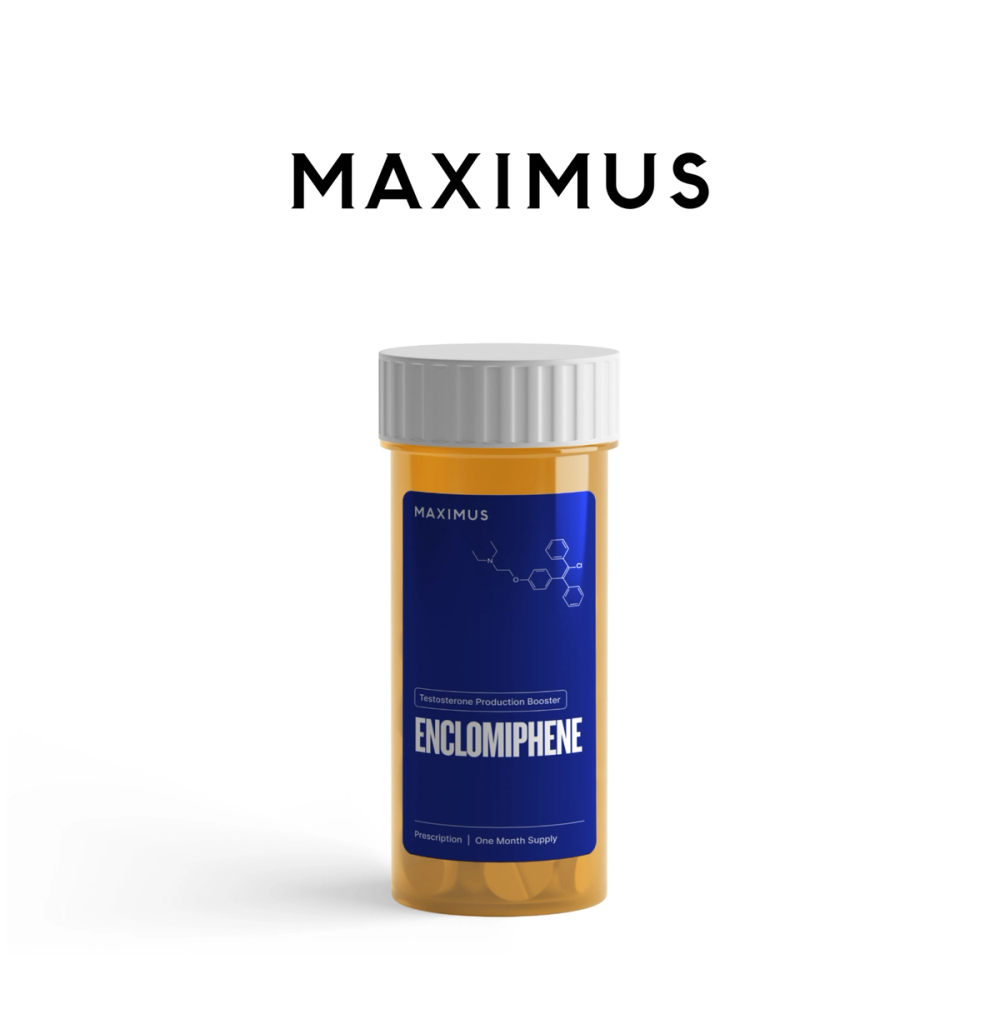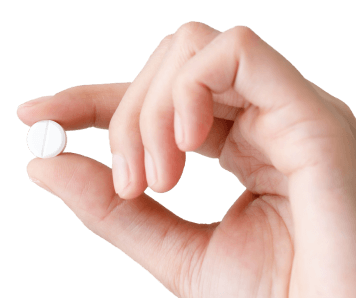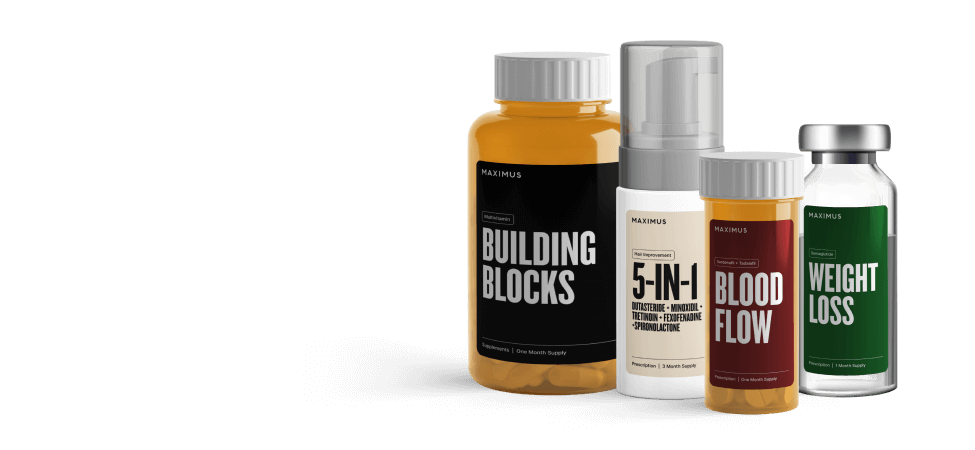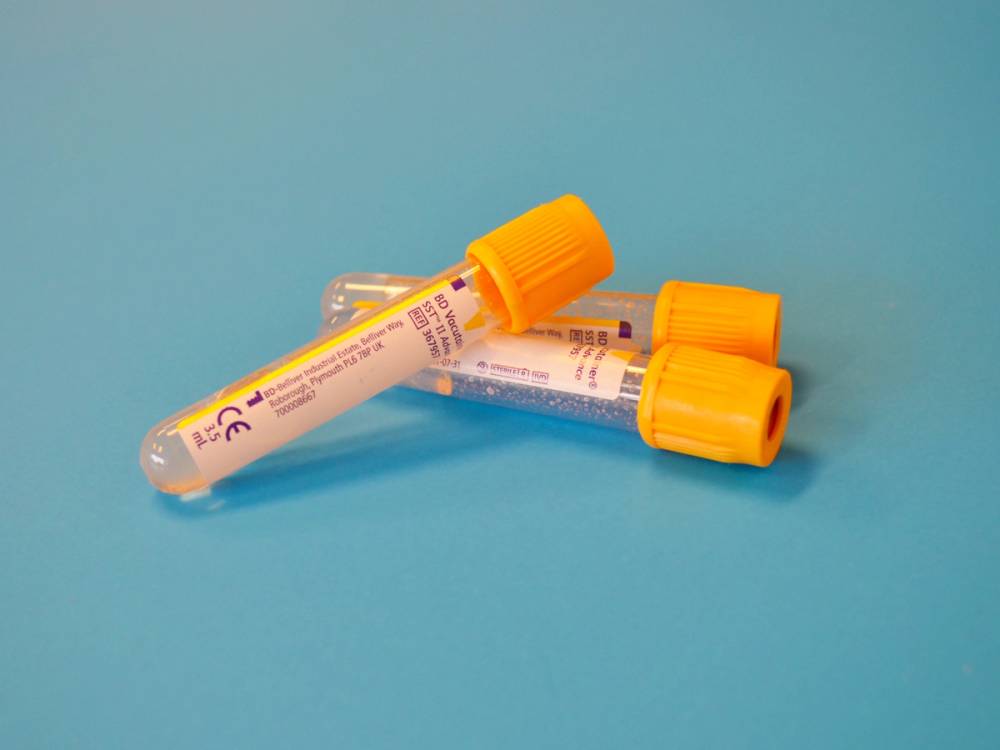In Brief:
- Doctors may recommend testing for low testosterone to determine the need for testosterone treatment. Low testosterone and/or the symptoms of low testosterone can be addressed in many ways, including testosterone replacement therapy (TRT), medications like enclomiphene, hormonal support supplements, or lifestyle changes.
- Testosterone levels can be measured through blood or saliva tests. Blood tests provide more accurate and comprehensive information, including total and free testosterone, sex hormone binding globulin (SHBG), albumin, and luteinizing hormone (LH) levels. Saliva tests, while less painful, offer limited information, showing only the free unbound fraction of testosterone.
- Blood tests, particularly using the blood lancet technique, are considered relatively painless and more accurate than saliva tests and finger-pricking.
- You can measure your from home testosterone accurately with Maximus directly from home.
These days you can do almost anything from home — order your groceries, earn a degree, talk face-to-face with colleagues who are thousands of miles away — so, why not test your testosterone from home, too?
In the past, you’d need to schedule a visit to a urologist to test for low testosterone. But times have changed. Now, you can pick up tests from a local pharmacy or order them straight to your door. Still, many wonder: How accurate are these at home testosterone test kits? And do they all work the same way?
Read on to find out how to test for low testosterone at home and which testing kits will give you the most accurate results.
What’s the point of testing testosterone levels?
It’s estimated that somewhere between 10%-40% of adult men have low testosterone (T), and levels are steadily decreasing due to a combination of factors like poor diets, sedentary lifestyle, and exposure to environmental toxins that mess with hormonal function. Men who have low T levels often struggle with symptoms like low libido, erectile dysfunction, excess body fat, and fatigue.
Your doctor may suggest testing for low testosterone to determine whether you’re a good candidate for testosterone treatment. Low testosterone and/or the symptoms of low testosterone can be addressed in many ways, which may include testosterone replacement therapy (TRT), a medication like enclomiphene, hormonal support supplements, or lifestyle changes. In some cases, testosterone is repeatedly tested over time to make sure a given treatment protocol is working.
How is testosterone tested?
Labs typically use blood tests or saliva tests to test testosterone levels. The specific methods for measuring testosterone often vary from one lab to the next, which means their results can vary widely. The time of day you get tested is an important consideration, since testosterone levels vary throughout the day. For this reason, many recommend measuring testosterone in the morning.
Most lab tests only measure total testosterone, which refers to all forms of testosterone circulating in your bloodstream.This calculation includes both the biologically active (free) and bound forms of the hormone.
But some other testosterone tests will measure how much of the total testosterone is free and available for use. Because these levels typically fall faster than total testosterone, they tend to be a better indicator of low testosterone.
What does a testosterone test show?
Depending on the type of test that’s used and what your provider wants to measure, testosterone tests may offer insight into:
- Total testosterone: Total testosterone is the absolute total amount of the hormone that’s circulating in your bloodstream, including free testosterone and testosterone that’s bound to the proteins albumin and sex hormone binding globulin (SHBG).
- Free testosterone: Unbound, or free, testosterone indicates the amount of testosterone that is bioavailable, meaning that it’s available for use in your body. Only around 1-2% on average of your total testosterone is free testosterone.
- Albumin-bound testosterone: Around 20%-30% of total testosterone becomes loosely bound to the protein albumin. The fact that this amount of testosterone is “loosely” bound, as opposed to tightly bound, is important because it means it can eventually become detached and bioavailable.
- Sex hormone binding globulin (SHBG)-bound: Around 70% of testosterone is tightly bound to SHBG and unavailable for use.
- Luteinizing hormone (LH): LH is a hormone produced by the pituitary gland that stimulates testosterone production.
The difference between testosterone blood tests and saliva tests
There are two main types of testosterone tests: blood and saliva. Testosterone blood tests can provide more information than saliva tests, such as total testosterone, free testosterone, SHBG, albumin, and LH levels. But they can also be more painful, especially in the case of finger-pricking.
Though saliva tests aren’t painful, they offer less information in comparison to blood tests, only showing the free, unbound fraction of testosterone.
How to read and understand your test results
Test results mean different things to different people. While most labs consider a total testosterone level between 300 to 800 ng/dL to be “normal,” it’s important to understand that this number does not indicate how much of that testosterone is free, and more specifically, how much is tightly or weakly bound.
It also doesn’t take into account a man’s age, lifestyle, or symptoms. It is very possible for a man to have “normal” total T levels (or even high T levels) and yet low free testosterone, resulting in the telltale symptoms of low T.
Having a clear and comprehensive picture of someone’s hormonal health — taking into account both T levels and symptoms — is the only way to establish an appropriate treatment plan.
How can you test your testosterone levels at home?
At-home low testosterone test kits are available as blood tests or saliva tests. Blood tests will either use a method of finger pricking, which collects dried blood, or whole blood collection via a blood lancet device. Alternatively, saliva tests require the user to spit into a small tube after thoroughly rinsing the mouth out with water. This type of test is non-invasive and not painful.
If you are testing your testosterone levels with Maximus as part of our Testosterone Protocol, you will use the blood lancet technique. Relatively painless and more accurate than saliva testing and finger pricking, this technique allows you to provide a vial of whole blood for a more detailed review of your hormonal health.
Are at home testosterone tests accurate?
Not all at home testosterone tests are equal. As of 2021, the CDC certified approximately 20 tests, yet unstandardized, inaccurate tests continued to be widely available. This is problematic because inaccurate testing can lead to unnecessary interventions, like hormone therapy.
As mentioned, saliva tests can only report on free testosterone levels, which will not provide an accurate full picture of your hormonal health. In contrast, blood tests can provide metrics concerning multiple aspects of hormonal health, including free and total testosterone levels, and how much is loosely bound or tightly bound.
But even blood tests are not always equal because the methods of blood collection differ. While at-home testosterone blood tests using finger pricking or blood lancets both use capillary blood, studies show that dried blood collected from finger pricking tests are at risk of contamination and may provide inaccurate results due to the small volume of blood collected. Blood lancet devices also collect blood from the shoulder, which has been considered less painful in clinical trials compared to finger pricking and standard venous retrieval.
How long is the wait before receiving testosterone blood test results
Each lab has its own testing protocol and timeline, but you should expect to receive most results in a few days. If you test with Maximus, your results are processed within just 1-2 business days. You and your clinician will be able to view them within a week.
How much does a testosterone test cost?
The cost of testosterone testing kits varies widely. Testing testosterone with Maximus costs $72.50 and you must test twice as part of the Testosterone Protocol — first to establish your baseline T levels, and again after 30 days to see how the protocol is working for you.
Does insurance cover testosterone tests?
Health insurance may cover the cost of testosterone testing, but this depends on the insurance company and your health care plan.
Testosterone testing with Maximus is not covered by insurance, but we accept Health Savings Accounts (HSAs) and Flexible Spending Accounts (FSAs) as payment options for our services, which can provide significant cost savings.
Like insurance, HSA and FSA plans vary on what services they are willing to cover. If you are unsure whether your plan covers services from Maximus, please check with your plan administrator.
Disclaimer: The contents of this article, including, but not limited to, text, graphics, images, and other information, is for information purposes only and does not constitute medical advice. The information contained herein is not a substitute for and should never be relied upon for professional medical advice. The content is not meant to be complete or exhaustive or to be applicable to any specific individual's medical condition. You should consult a licensed healthcare professional before starting any health protocol and seek the advice of your physician or other medical professional if you have questions or concerns about a medical condition. Always talk to your doctor about the risks and benefits of any treatment. Never disregard or delay seeking professional medical advice or treatment because of something you have read on this site. Maximus does not recommend, endorse, or make any representation about the efficacy, appropriateness, or suitability of any specific test, products, procedures, treatments, services, opinions, healthcare providers or other information contained herein. Maximus is not responsible for, nor will they bear any liability for, the content provided herein or any actions or outcomes resulting from or related to its use.








